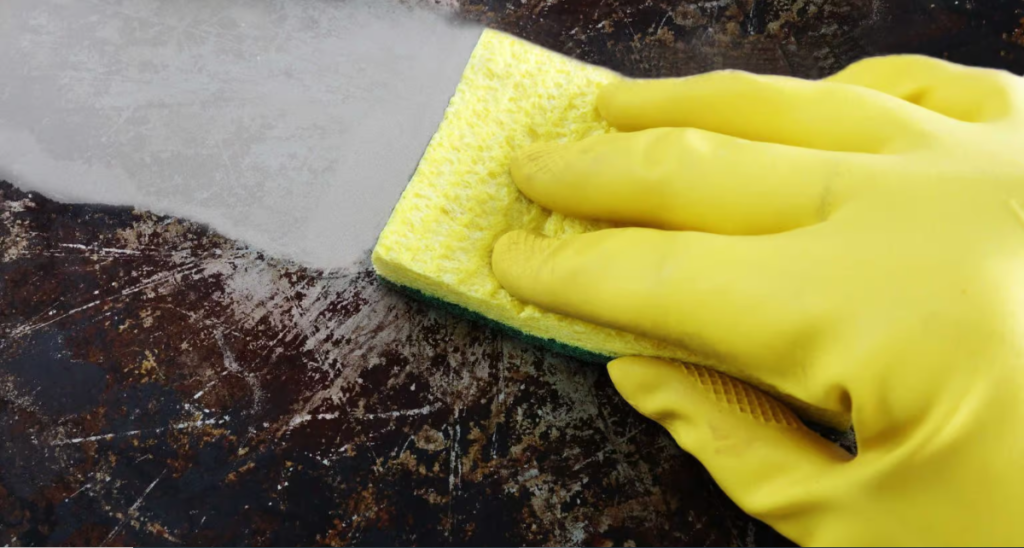
In the ever-evolving digital landscape, Search Engine Optimization (SEO) plays a pivotal role in determining a website’s success. As online competition intensifies, understanding the distinction between clean and dirty SEO practices becomes crucial for businesses and website owners. This article aims to shed light on the clean vs. dirty SEO debate and how it influences every aspect of your online presence.
Clean SEO Practices:
- Quality Content:
- Clean SEO begins with high-quality, relevant content. Search engines, especially Google, prioritize content that adds value to users. Regularly update your website with informative, well-researched, and engaging content.
- Keyword Optimization:
- Identify and incorporate relevant keywords naturally into your content. Avoid keyword stuffing, as it not only hampers readability but also raises red flags with search engines.
- User Experience:
- Prioritize a seamless user experience. A clean website structure, easy navigation, and mobile responsiveness contribute to positive user interactions, which search engines reward.
- Link Building:
- Build a network of high-quality backlinks from reputable sources. Focus on natural link-building strategies, such as guest posting and creating shareable content, to enhance your website’s authority.
- Technical SEO:
- Ensure your website is technically sound. This includes optimizing page speed, fixing broken links, and utilizing proper HTML tags. Search engines appreciate a well-organized and technically optimized website.
Dirty SEO Practices:
- Keyword Stuffing:
- Stuffing content with excessive keywords in an attempt to manipulate search engine rankings is a frowned-upon practice. This not only turns off users but can also result in penalties from search engines.
- Cloaking:
- Cloaking involves presenting different content to search engines and users. This deceptive technique is a violation of search engine guidelines and can lead to severe consequences.
- Link Farms:
- Building links through link farms or other manipulative link-building schemes is considered dirty SEO. Quality should always supersede quantity when it comes to backlinks.
- Duplicate Content:
- Search engines penalize websites with duplicate content. Ensure that your content is unique and provides value to users. Plagiarism or copying content from other websites can harm your SEO efforts.
- Hidden Text and Links:
- Concealing text or links within a page to manipulate search rankings is a dirty tactic. Search engines aim to provide users with transparent and genuine content, and hidden elements go against this principle.
Conclusion:
In the world of SEO, the distinction between clean and dirty practices is vital for sustained success. Clean SEO aligns with search engine guidelines, providing a foundation for long-term visibility and organic growth. On the other hand, dirty SEO tactics might yield short-term gains but often result in penalties that can severely damage your online presence.
Understanding the nuances of clean and dirty SEO empowers website owners and digital marketers to make informed decisions. By prioritizing user experience, quality content, and ethical practices, you can build a strong online presence that stands the test of time and algorithm updates. Remember, in the realm of SEO, it’s not just about ranking higher but also about building a sustainable and reputable online presence.